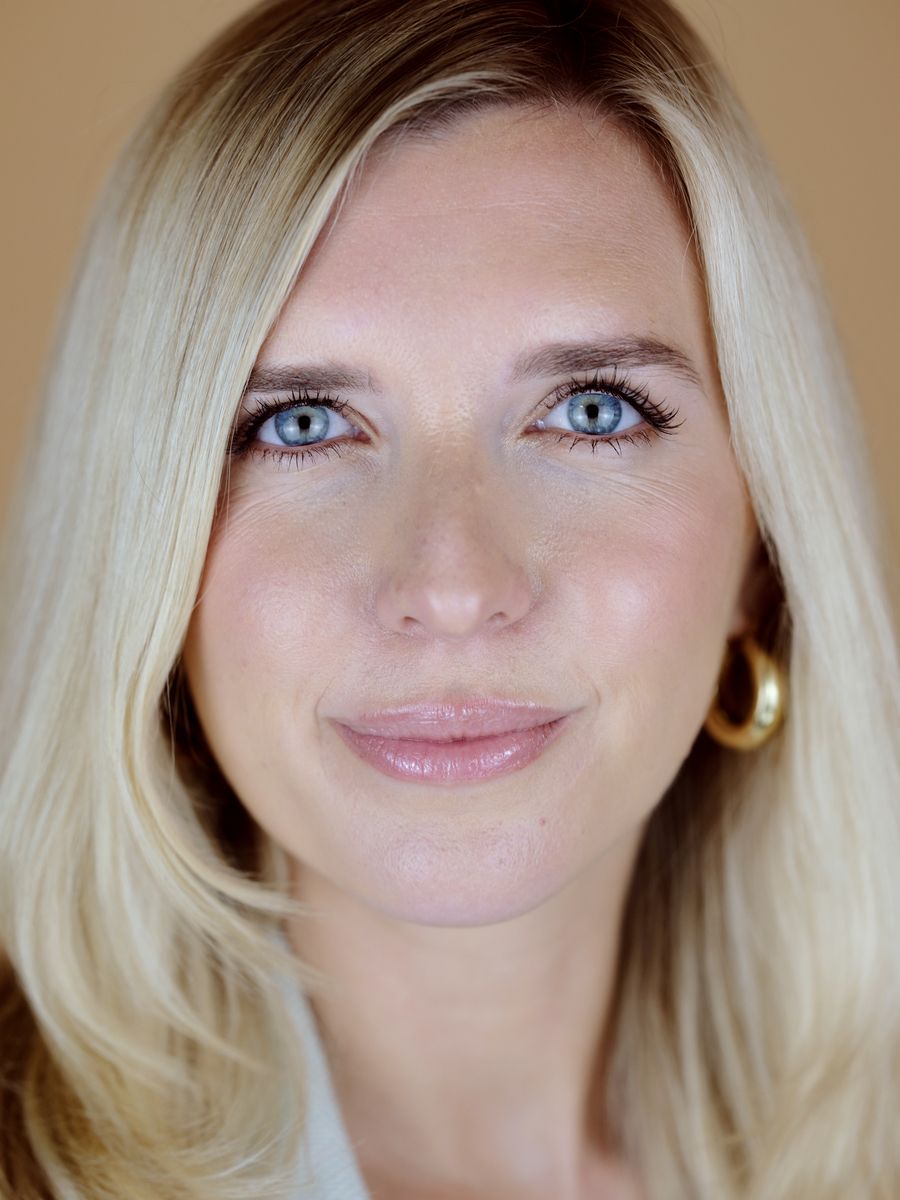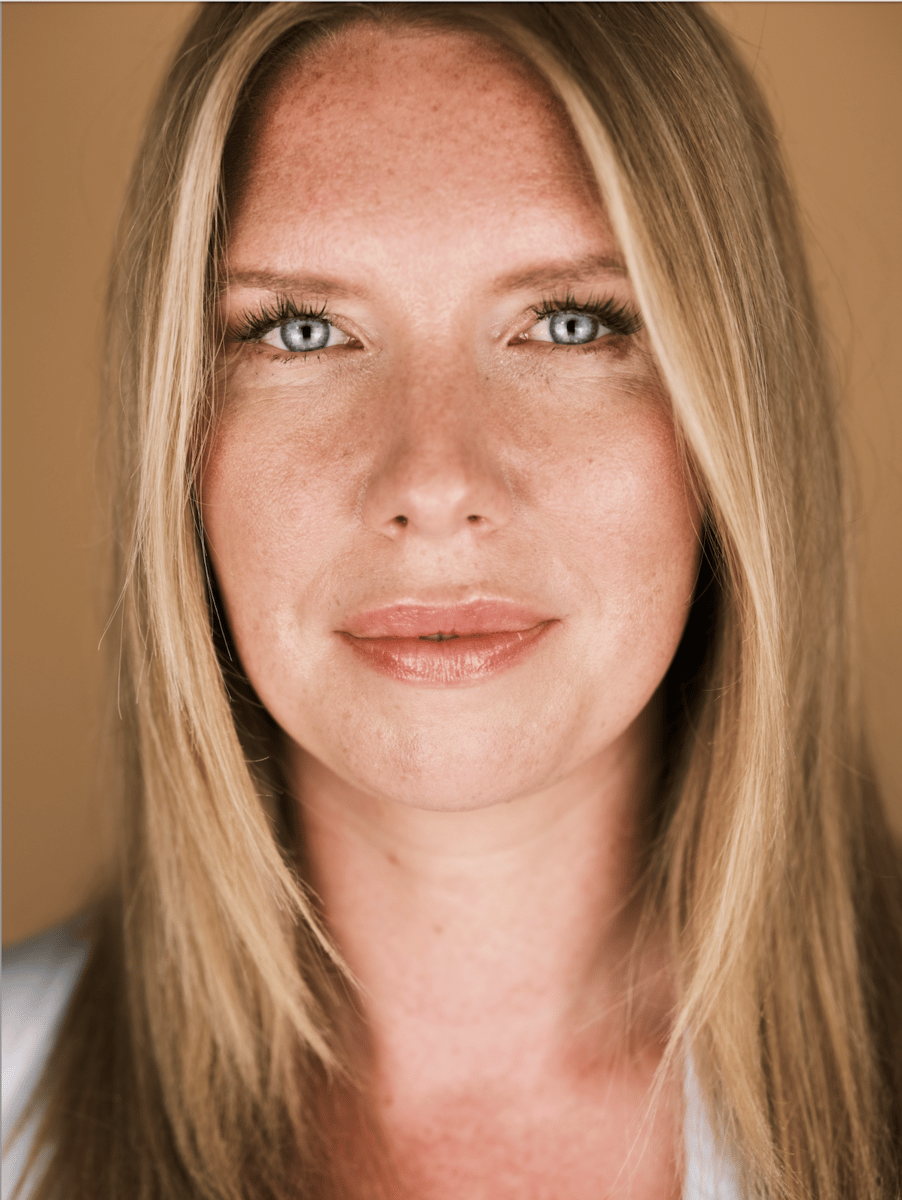While social platforms have dabbled in trying to connect brands and creators directly for deals, they’ve mostly allowed influencer marketing to happen without playing a role. Boosted content is one exception—and it’s paying off.
US advertisers spend more money boosting creator content in the form of paid social ads than they do paying creators directly for sponsorships, per new data from the IAB and Advertiser Perceptions released on Thursday. Virtually all spending on those ads goes to the platforms, rather than the creators who develop the content.
In 2025, US advertiser spending on paid amplification of creator content, like Meta Platform’s partnership ads or TikTok’s Spark ads, is expected to grow 26% year over year to $11.2 billion. That’s $1.6 billion more than advertisers will spend on direct creator partnerships, meaning sponsored posts on a creator’s channel.
The shift in spending patterns toward paid creator ads in 2022 came soon after the launch of TikTok’s Spark ads. But Meta’s recent emphasis on partnership ads, previously called branded content ads, has supercharged the practice. YouTube is also focusing on partnership ads, as well as other ways to help brands work with creators through features such as Open Call, which allows brands to post a campaign brief and solicit creator responses, and a creator marketplace, largely to catch up to Meta and TikTok.
A big reason why brands are directing more influencer marketing budgets to paid ads is because they provide more reach, as well as better targeting and measurement than regular sponsored posts. Creator ads are also more comparable with other types of ads, like search and display, which helps advertisers better understand the impact of their creator investments.
Sponsored content is tougher to measure. Metrics are inconsistent or opaque, and there’s no silver bullet as brands use influencer marketing to drive many business outcomes. There also tends to be a disconnect between campaign goals and success metrics, which further complicates things.
Creator ads are also theoretically cheaper and easier to run: Instead of negotiating new deals with many creators for every campaign, creator ads allow brands to extend the life of a current campaign using existing creator content and familiar ad tools.
Creator ads have predictably received a lot of criticism and skepticism from creators. Some of it is warranted: Brands preach establishing long-term relationships, but creator ads feel highly transactional. Paid ads also don’t help brands gain access to and build loyalty among creators’ core audiences, which are often the top reasons they work with creators.
But some of it is overblown. For one, creators can also indirectly benefit from more visibility and potential traffic to their content, though whether that actually works is up for debate. And creators that allow brands to boost their content often charge for usage rights, increasing the size of their brand deals. (In a recent Instagram post, the company encouraged creators to use Meta’s partnerships ads for these exact reasons).
Rising tides are also lifting all ships: Advertisers aren’t just spending more on boosting. They’re also increasing their spending in all types of creator content, from direct partnerships to planned adjacencies and amplification on non-social channels like shopping and CTV, showing that creators are becoming a must-buy in broader marketing strategies.
Overall, the IAB expects US creator ad spending to reach $37.1 billion in 2025, up 26% from last year.
“Creators deliver the three things brands need most: trust, culturally relevant creative and built-in distribution. That combination is driving the next wave of investment,” Zoe Soon, vice president of experience at the IAB, told me.
Even so, the gap between spending on creator ads and sponsored content presents a strong argument for better measurement frameworks for sponsored posts—and ensuring content usage rights are baked into contracts.—Jasmine Enberg
(P.S. If you’re wondering why the IAB’s figure is so different from that Goldman Sachs report everyone cites, tune into our podcast below).
In other news…
Meta’s Big Win
Meta Platforms notched a huge regulatory victory on Tuesday when a federal judge ruled that it’s not an illegal social networking monopoly. The FTC had argued the company should spin off Instagram and WhatsApp.
A lot has changed in the social media world since Facebook acquired Instagram in 2012. The rise of TikTok and YouTube during that time have proved to be real competitors, the judge ruled, siding with Meta’s arguments.
But what stood out the most about the ruling was the judge’s comments on the rise of AI-generated content playing into his decision.
That feels like a bit of a stretch to us. OpenAI’s Sora app for generating AI videos isn’t exactly a competitor to Meta right now. The rise of AI is also benefitting Meta in various ways:
• AI-powered content recommendation systems are boosting engagement on its apps by showing users more content they might like. In its third quarter earnings report, Meta said improved content recommendations led to 30% year over year growth in time spent on Instagram video.
• As AI-generated content proliferates across social media, Meta gets more content for its apps. “As AI makes it easier to create and remix content, we’re going to add yet another huge corpus of content,” CEO Mark Zuckerberg said during the Q3 call.
• Meta’s AI ad products are also directly helping the company bring in more revenue. The annual run-rate for the company’s “end-to-end AI-powered ad tools,” like Advantage+, is now more than $60 billion, per Meta.
The real change we see is Meta’s transformation from a social network to more of a media platform where people primarily consume videos from creators rather than friends and family who have shifted to posting more privately: Instagram users only spend 7% of their time on the platform viewing content from friends, according to data Meta provided during the trial.
The Round Up
CAA acquired Beanstalk, a 30-year-old brand licensing and management firm for major companies, including P&G, Xbox and Guinness. Terms of the deal were not disclosed.
Suno, a startup for creating music with AI, raised $250 million at a $2.45 billion valuation led by Menlo Ventures.
Boop, a new startup that uses AI to turn travel recommendations into itineraries, launched its mobile app this week, though it’s still invite-only. Rather than looking to social media for recommendations or combing through reviews, the app’s users can access itineraries from travel creators and friends.
Today in TikTok
• Goodbye AI slop? TikTok launched a new setting that allows users to select how much AI content they want to see in their feeds. The company is also rolling out more advanced labels for identifying AI content.
• Ahead of the holiday season, TikTok is reportedly offering new deals to advertisers, such as cash incentives and ad credits. “[TikTok] wants to get as many advertisers on board and spending ahead of the sale to try to mitigate the inevitable disruption to its business,” Jasmine told Digiday in an interview. The latest deadline for TikTok to divest its US business is Dec. 16 and the US government has indicated that there may be a deal in place.
• TikTok will now give users badges when they limit their screentime on the app. It’s also rolling out other “well-being” features aimed at teens, including an affirmation journal, breathing exercises and a “soothing” sound generator. Of course, those features still keep you using the app!
Regulatory Woes
Meta Platforms said it will start removing access to Instagram, Threads and Facebook for teens under 16 in Australia on December 4 to comply with the country’s upcoming ban. The company also began notifying impacted teens in the country this week so that they can save their contacts and posts.
Read more about what’s at stake for tech companies and creators in Australia in Tuesday’s newsletter or tune into our podcast above or on Spotify!
Soundbite
“You couldn’t pay me to listen to my first episodes. I don’t even sound like the same person eight years ago. I think it was very, like, ‘I hope you like this, and please listen and tune in,’” said Ashley Flowers, host of the “Crime Junkie” podcast and founder of true crime media company Audiochuck during a roundtable of podcasters hosted by The Hollywood Reporter.
“It was just so new, and we edited it on GarageBand. I think I would be harsh on little me,” she added.
Creator Moves
Ben Stiller posted a video with 12-year-old creator Leo Kelly, better known as “The Shirley Temple King,” to promote the actor’s new soda brand Stiller’s Soda.
Jason Del Rey, a former correspondent at Fortune and Recode, launched a new independent media publication called The Aisle, focused on the emerging era of AI commerce.
Talent Tracker: Meta Edition
Leadership shakeups at Meta: Chief revenue officer John Hegeman is leaving the company after 17 years to launch his own startup. Hegeman hasn’t shared further details about his new company. Andrew Bocking, who is vice president of monetization product, will take over many of Hegeman’s responsibilities, according to Bloomberg.
Yann LeCunn, Meta’s chief AI scientist, will also leave the company at the end of the year to start his own AI company, which Meta plans to partner with, The Information reported.
Clara Shih, the vice president of business AI, is another exit. Meta’s head of product Naomi Gleit will lead her team.
In non-Meta news: Tiffany Kelly resigned as CEO of Curastory, a video content monetization startup she founded in 2019. Dave Dickman, the former chief executive of influencer marketing platform Tagger, will be the new CEO. Kelly’s resignation comes after a settlement with the SEC, which accused the startup of inflating revenue and misrepresenting client figures to investors.



